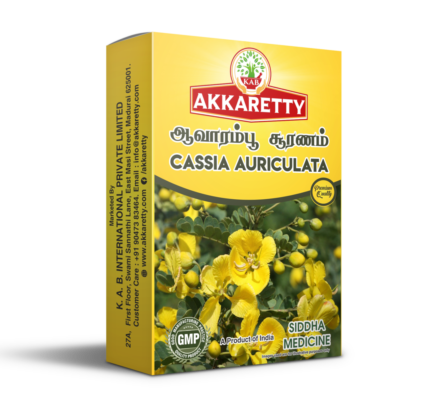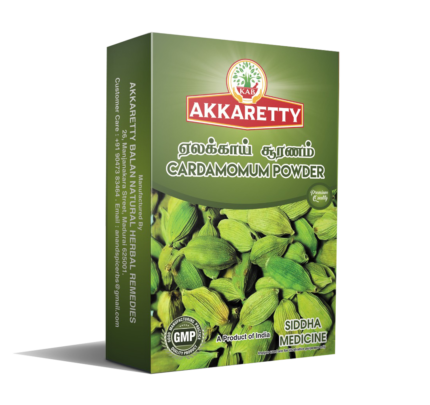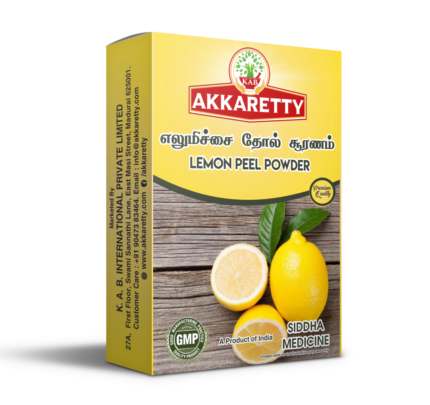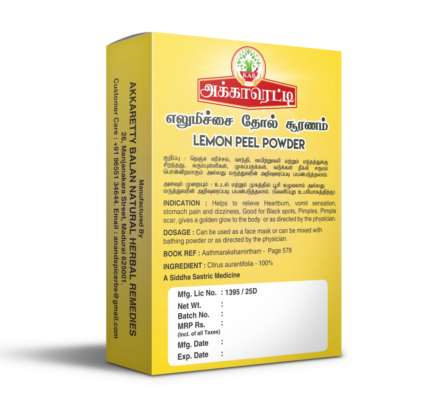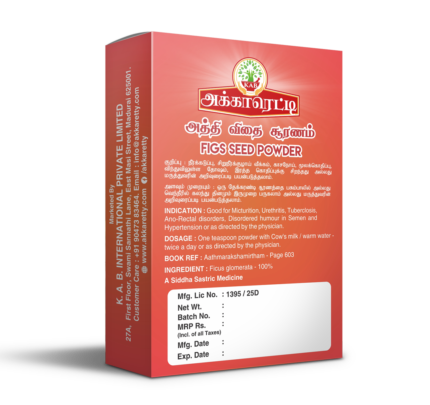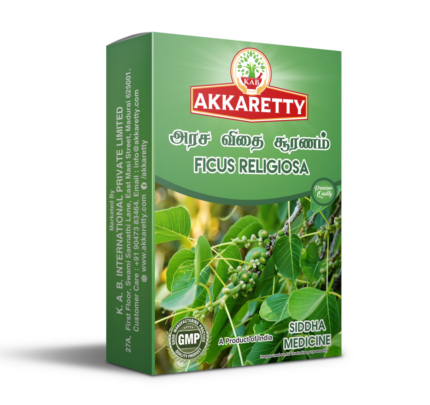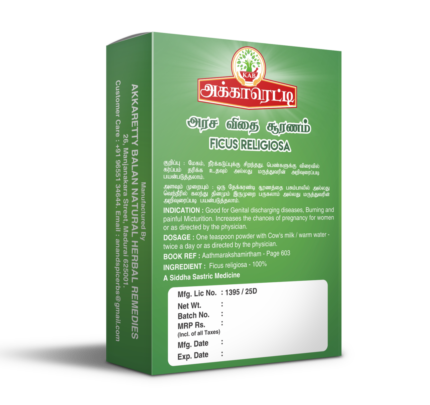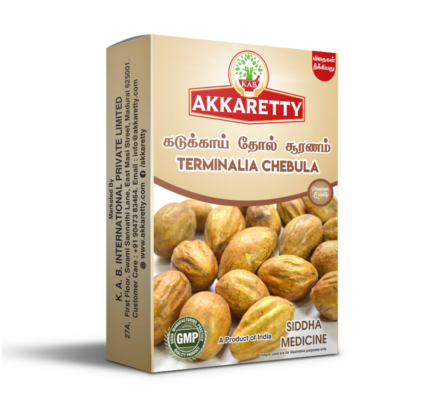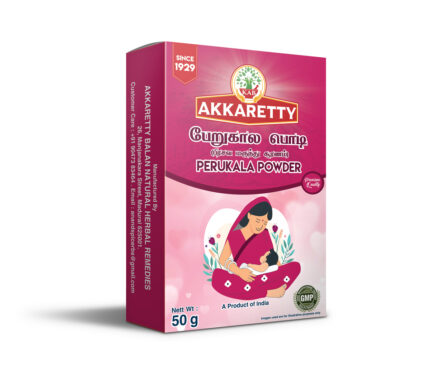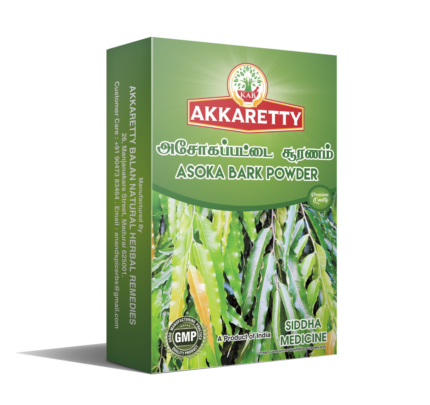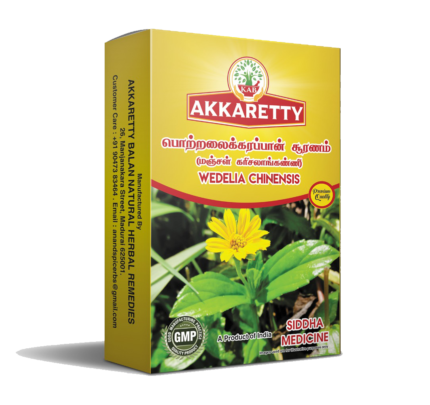Description
Henna, or Menhdi as it is called in Hindi, is a symbol of festivity in India. It is especially associated with marriage in north India. Its leaves produce the henna or alhenna of the Arabs (cyprus of the ancients), a yellow die which is used in Egypt and elsewhere by women to color their nails, and by men to die their beards, and for other similar uses including horses manes and tails. Henna is a tall shrub or small tree, standing 6-25 ft tall. It is hairless and multi-branched, with spine-tipped branchlets. The leaves grow opposite each other on the stem. They are hairless, nearly-stalkless, elliptical, and lanceshaped, 1.5-5.0 x 0.5-2 cm on the average, tapering, and have depressed veins on the underside. Henna flowers have four sepals and a 2 mm sepal-cup tube, with 3 mm spread sepals. Its petals are ovate, with white or red stamens. Henna fruits are small, brownish capsules, 4-8 mm in diameter. Henna is native to East Africa, Arabian Peninsula, Pakistan to India.
Medical Benefits:
Good for Pimple /Whelk.
| Botanical Name | Common Name | Hindi | Malayalam |
|---|---|---|---|
| Lawsonia inermis | Henna | मेहंदी / Mehandi | മൈലാഞ്ചി / Mailanji |








